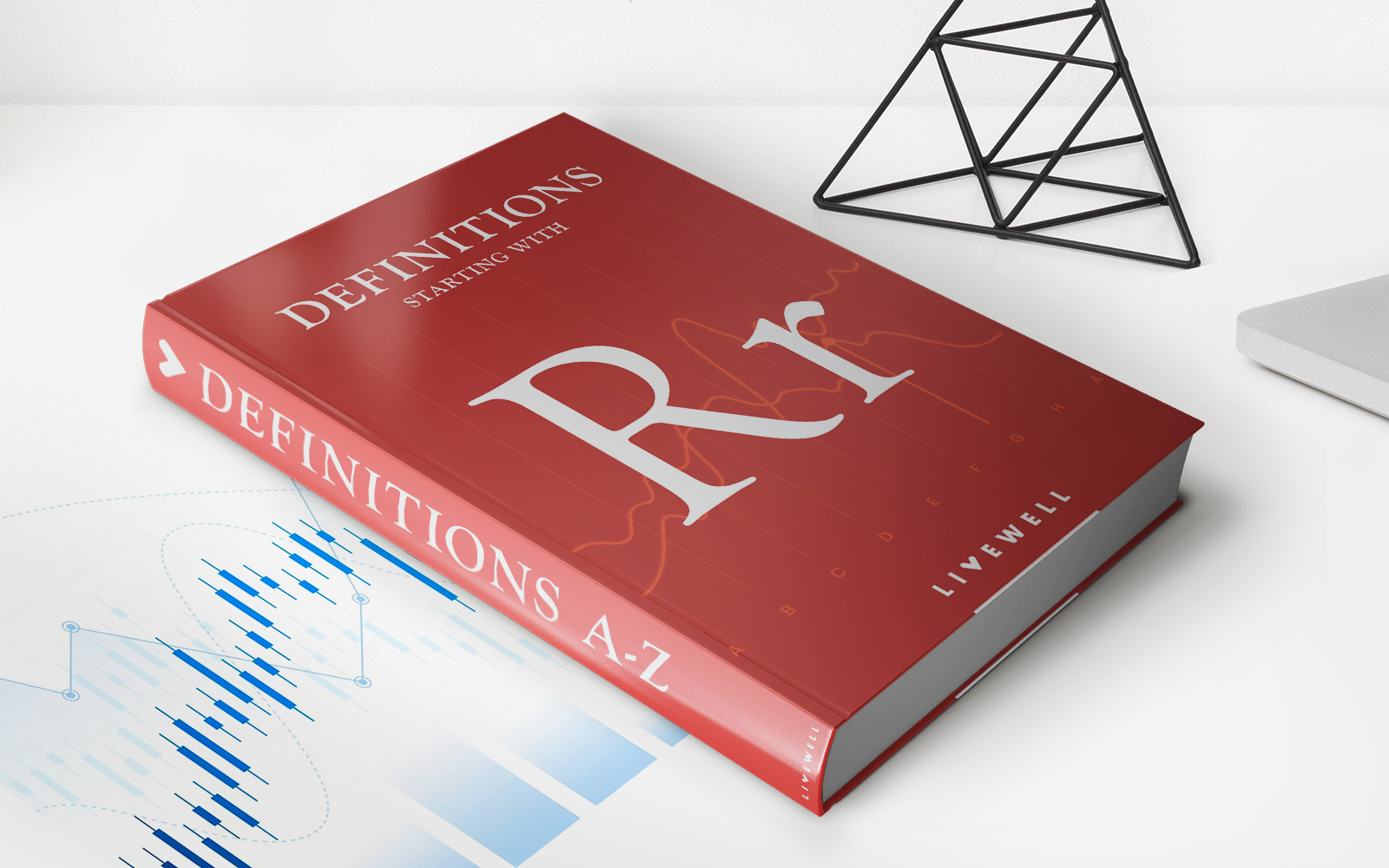Home>Finance>1913 Federal Reserve Act: Definition And Why It’s Important


Finance
1913 Federal Reserve Act: Definition And Why It’s Important
Published: September 23, 2023
Learn about the 1913 Federal Reserve Act and its significance in finance. Understand the definition and why it's crucial for the economy.
(Many of the links in this article redirect to a specific reviewed product. Your purchase of these products through affiliate links helps to generate commission for LiveWell, at no extra cost. Learn more)
1913 Federal Reserve Act: Definition and Why It’s Important
When it comes to understanding finance, there are certain pivotal moments in history that have shaped the industry as we know it today. One such moment is the passing of the 1913 Federal Reserve Act, a landmark legislation that forever changed the landscape of the United States’ financial system. In this blog post, we will explore what the 1913 Federal Reserve Act is, its key components, and why it holds such importance in the realm of finance.
Key Takeaways:
- The 1913 Federal Reserve Act created the Federal Reserve System, which is the central banking system of the United States.
- This act established the Federal Reserve as the sole issuer of the nation’s currency and the regulator of monetary policy.
The 1913 Federal Reserve Act was signed into law on December 23, 1913, by President Woodrow Wilson. Its primary goal was to address the frequent financial panics and banking crises that plagued the country during the late 19th and early 20th centuries. The act created the Federal Reserve System, which consists of twelve regional banks spread across the nation, overseen by the Federal Reserve Board.
Now, you may be wondering, why is the 1913 Federal Reserve Act so important? Let’s delve deeper into its significance:
The Creation of a Central Banking System
One of the most critical aspects of the 1913 Federal Reserve Act was the establishment of the Federal Reserve as the central banking system of the United States. Prior to its creation, the nation did not have a unified authority to regulate and stabilize the financial system. This act brought about a central body capable of overseeing monetary policy and ensuring the stability of the banking sector.
Under the Federal Reserve System, each of the twelve regional banks operates independently while being collectively regulated by the Federal Reserve Board. This decentralized structure allows for a balance between regional economic concerns and national monetary policy decisions.
Control and Regulation of Monetary Policy
With the enactment of the 1913 Federal Reserve Act, the Federal Reserve was given the authority to regulate and control monetary policy. This means that the central bank can influence interest rates, manage the money supply, and address issues such as inflation and unemployment. The ability to manipulate monetary policy is crucial in stabilizing the economy and stimulating growth.
Furthermore, the Federal Reserve was granted the power to act as the lender of last resort, providing liquidity to banks during times of financial distress. This “safety net” function ensures the stability of the banking system and prevents widespread panic or bank runs.
Conclusion
The 1913 Federal Reserve Act played a pivotal role in shaping the United States’ financial system. By creating a central banking system and giving the Federal Reserve control over monetary policy, this act sought to address the challenges of the time and provide stability to the economy. Today, the Federal Reserve continues to play a crucial role in guiding the nation’s monetary policy and ensuring the smooth functioning of the financial sector.
Hopefully, this blog post has shed some light on the definition and significance of the 1913 Federal Reserve Act, allowing you to gain a better understanding of this crucial moment in the history of finance.














